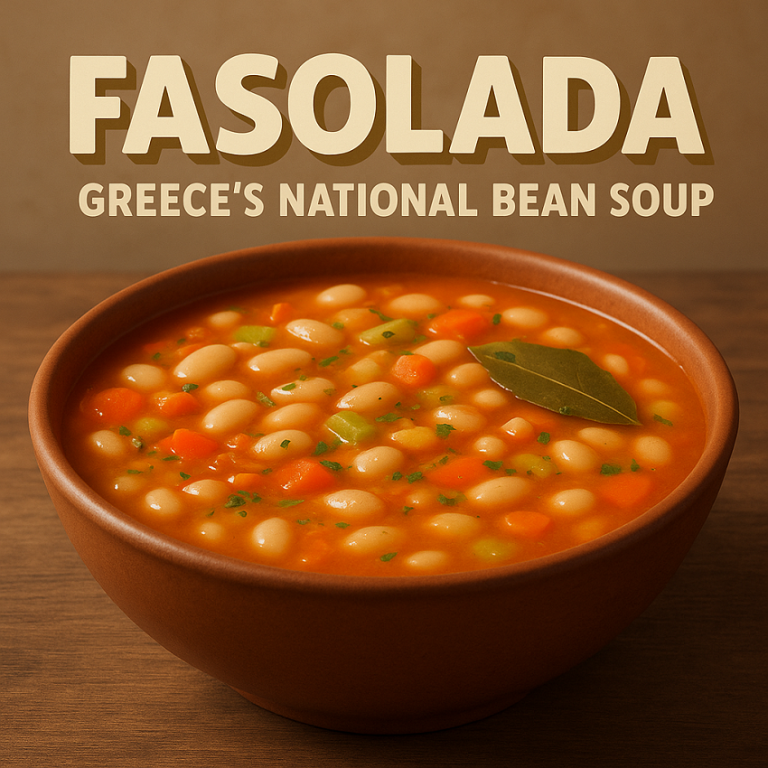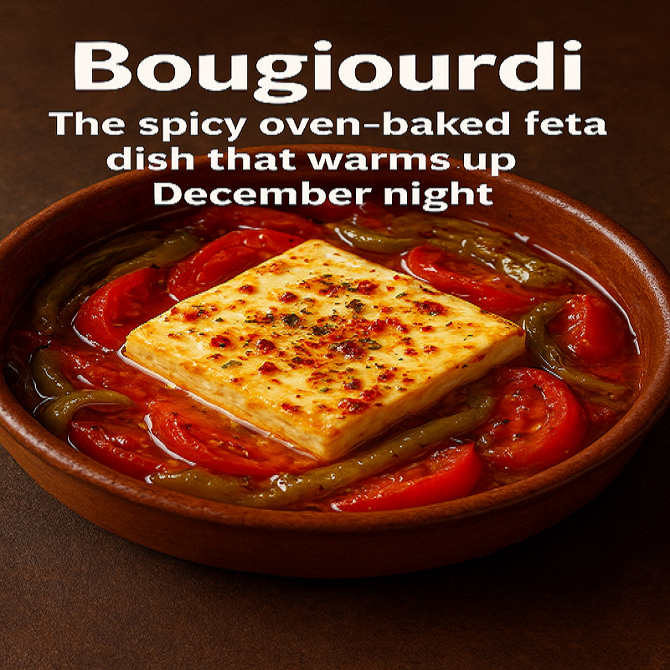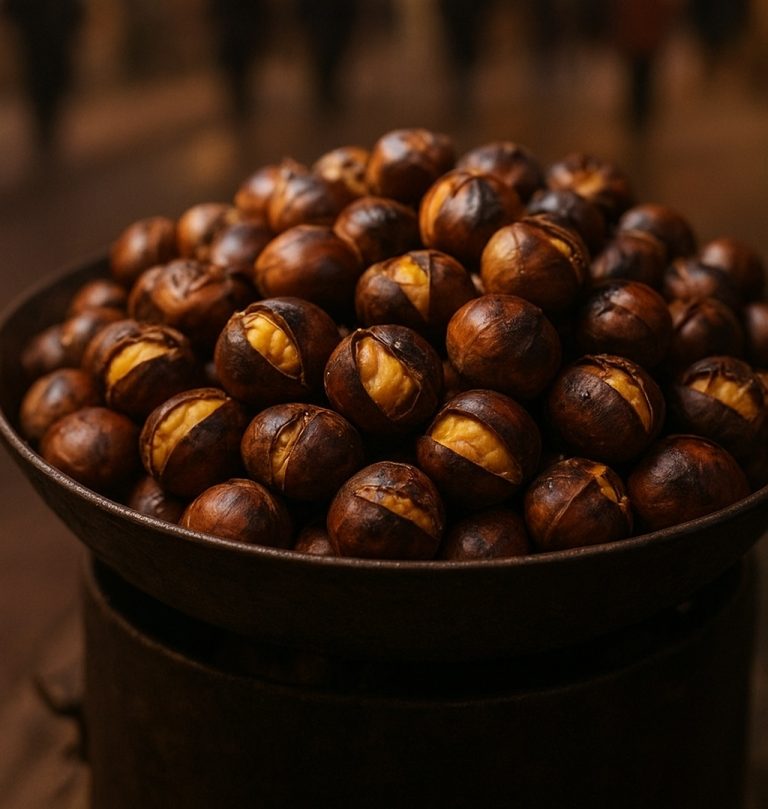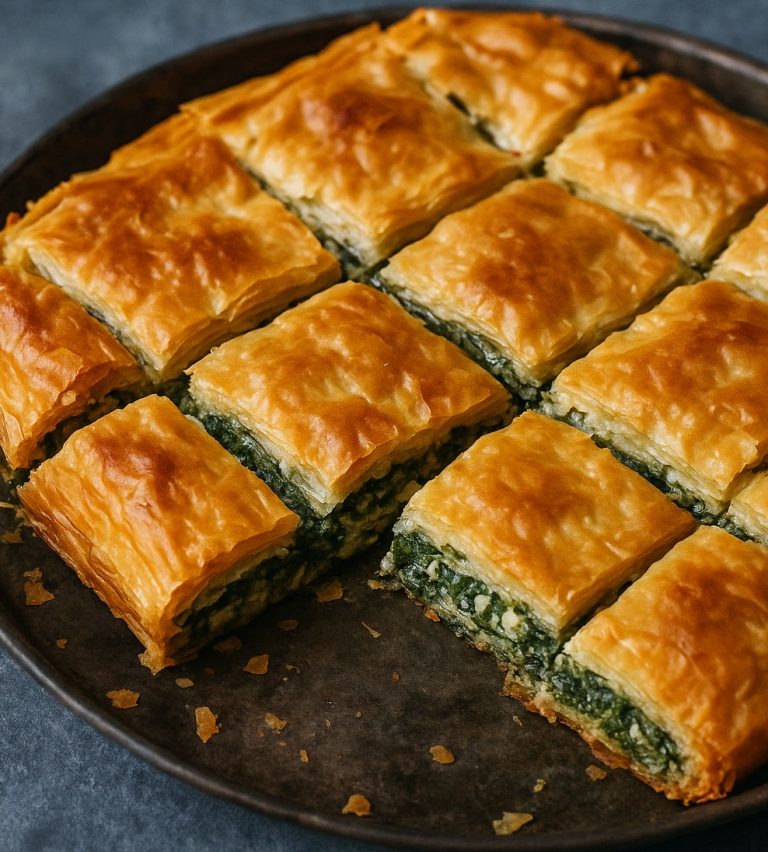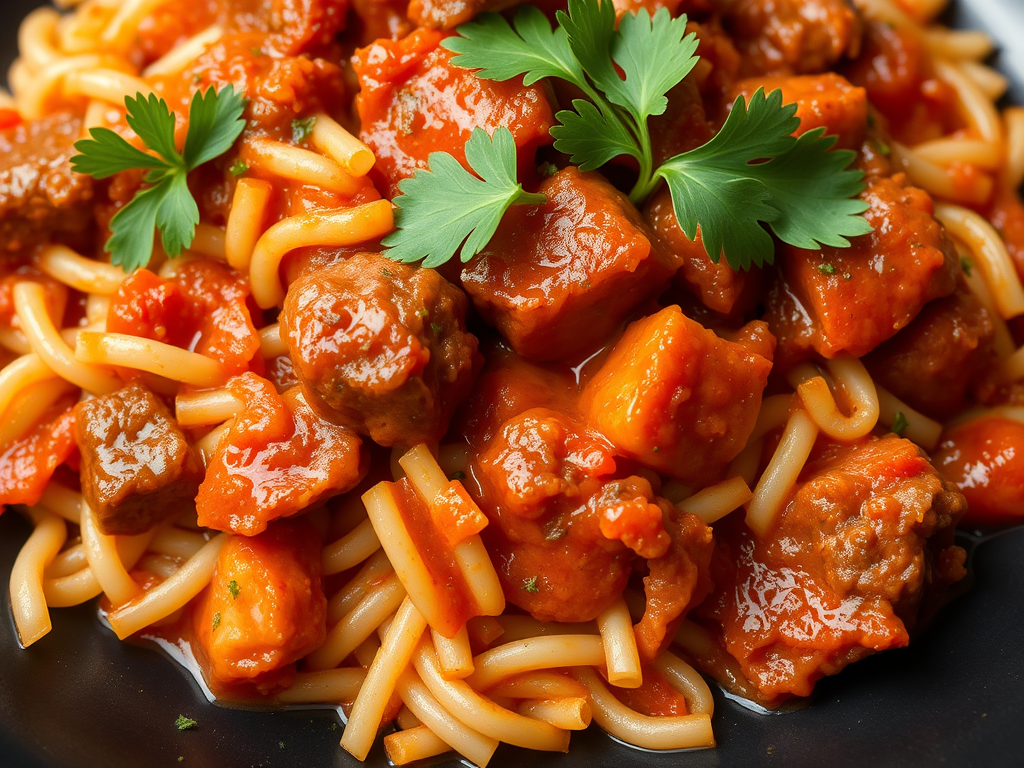
Giouvetsi is a beloved dish in Greek cuisine, celebrated for its comforting flavors and hearty ingredients. Often served during special occasions or family gatherings, this dish embodies the essence of traditional Greek home cooking, where rich flavors and fresh ingredients come together in perfect harmony.
What is Giouvetsi?
Giouvetsi is a baked dish typically made with orzo pasta (also known as kritharaki) and meat, usually lamb or beef. The ingredients are cooked together in a rich tomato sauce, often flavored with herbs such as oregano and bay leaves. The dish is then topped with cheese, commonly grated kefalotyri or parmesan, before being baked to perfection. The result is a comforting, flavorful meal that warms both the body and soul.
History and Origins
The origins of Giouvetsi can be traced back to the Byzantine era, where it was likely influenced by Middle Eastern culinary traditions. The dish has evolved over centuries, becoming a staple in Greek households and symbolizing comfort and warmth. Many families have their own variations, often based on regional ingredients or family traditions.
In the past, Giouvetsi was considered a festive dish, often prepared for celebrations and gatherings. It was a way to bring people together, showcasing the generosity of the host. Today, it remains a popular choice for Sunday family dinners and holiday meals, reflecting the enduring nature of Greek culinary traditions.
Ingredients
While there are many variations of Giouvetsi, the basic ingredients generally include:
- Orzo pasta: A rice-shaped pasta that absorbs flavors well, making it perfect for this dish.
- Meat: Commonly lamb or beef, though some variations use chicken or even seafood, depending on personal preference and regional availability.
- Tomatoes: Fresh, canned, or passata can be used for the sauce, providing a rich base that enhances the overall flavor.
- Onions and garlic: Essential for building a savory foundation for the dish.
- Herbs and spices: Oregano, bay leaves, and sometimes cinnamon for an aromatic touch that elevates the dish.
- Cheese: Grated kefalotyri, parmesan, or even a blend, adding a creamy texture and depth of flavor.
Preparation
Cooking the Meat
- Sauté the Aromatics: In a large pot, heat olive oil over medium heat. Add chopped onions and garlic, sautéing until they become fragrant and translucent.
- Brown the Meat: Increase the heat and add the meat. Sear it until browned on all sides, which enhances the flavor and creates a rich base for the dish.
- Add Tomatoes and Spices: Stir in the tomatoes, along with herbs and spices. Allow the mixture to simmer, letting the meat become tender and the flavors meld together. This process can take about 30-40 minutes, depending on the type of meat used.
Preparing the Orzo
- Cook the Orzo: In a separate pot, bring salted water to a boil. Add the orzo and cook until al dente, usually about 8-10 minutes. Drain and set aside.
- Combine: Once the meat is tender and the sauce is rich, mix the cooked orzo with the meat sauce. Stir well to ensure the pasta is evenly coated with the sauce, allowing it to absorb the flavors.
Baking
- Transfer to a Baking Dish: Preheat the oven to 180°C (350°F). Pour the orzo and meat mixture into a greased baking dish, spreading it evenly.
- Top with Cheese: Generously sprinkle the top with grated cheese, ensuring an even layer for a beautifully baked crust.
- Bake: Place the dish in the preheated oven and bake for about 30-40 minutes, or until the top is golden brown and bubbly. The cheese should be melted and slightly crispy, adding a delightful texture.
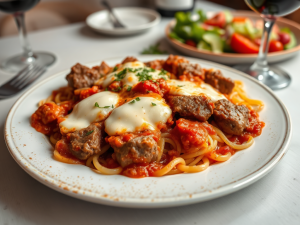
Serving Suggestions
Giouvetsi is traditionally served hot, making it perfect for family-style meals. It pairs well with a simple green salad dressed with olive oil and lemon, enhancing the dish’s flavors without overpowering them. A glass of red wine, such as a robust Agiorgitiko or a smooth Xinomavro, complements the rich flavors of the Giouvetsi beautifully.
For an extra touch, consider garnishing the dish with freshly chopped herbs like parsley or dill. This adds a pop of color and freshness, balancing the hearty nature of the dish.
Variations
While the classic Giouvetsi recipe is a favorite, there are numerous regional variations that showcase the diversity of Greek cuisine:
- Seafood Giouvetsi: In coastal regions, seafood such as shrimp or fish may replace the meat, offering a lighter and equally delicious alternative.
- Vegetarian Giouvetsi: For a meatless version, you can substitute the meat with a medley of vegetables, such as bell peppers, zucchini, and mushrooms, along with legumes like lentils or chickpeas.
- Spicy Giouvetsi: Some recipes incorporate a touch of red pepper flakes or even a dash of cinnamon for those who enjoy a bit of heat in their dishes.
Conclusion
Giouvetsi is more than just a dish; it represents Greek culture, hospitality, and the joy of sharing good food with loved ones. Its rich flavors and comforting nature make it a favorite among families and a must-try for anyone interested in Greek cuisine. Whether enjoyed on a cozy evening at home or during festive gatherings, Giouvetsi brings people together, embodying the spirit of Greek tradition.
As you explore this delicious dish, consider creating your own version, perhaps adding personal touches or local ingredients. Giouvetsi is a canvas for culinary creativity, inviting you to celebrate the joys of cooking and sharing meals with those you cherish.
